PsychNewsDaily Publishers
100 Summit Drive
Burlington, MA, 01803
Telephone: (320) 349-2484
PsychNewsDaily Publishers
100 Summit Drive
Burlington, MA, 01803
Telephone: (320) 349-2484
Cheap wine can be enhanced by techniques like letting it breathe, chilling, using an aerator, decanting, or adding fruit for improved flavor and enjoyment.
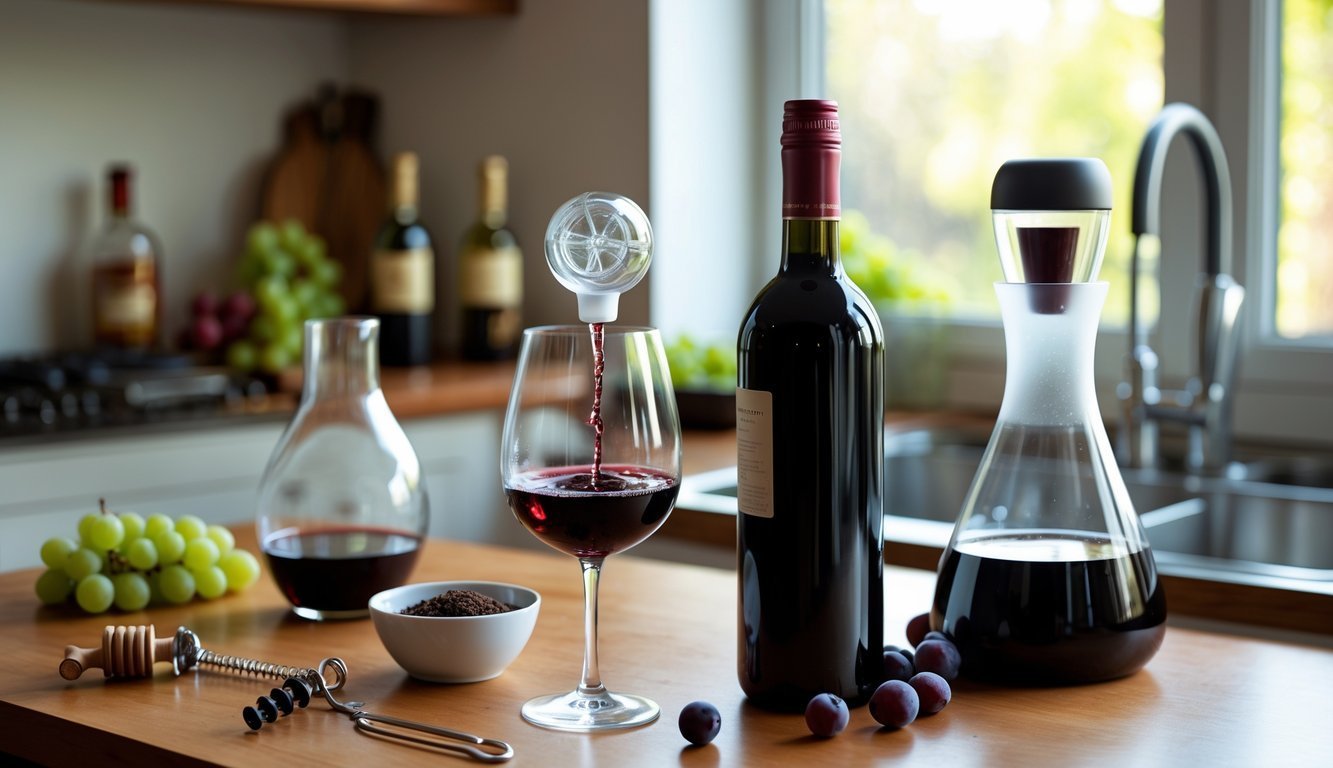
Love wine but don’t want to break the bank? Cheap bottles can still be a good time. You can actually make almost any wine taste better with a few easy tricks at home.
These simple hacks let you upgrade cheap wine without spending extra or needing fancy skills. Whether you’re hosting friends or just kicking back, these ideas can make your wine smoother and more fun.
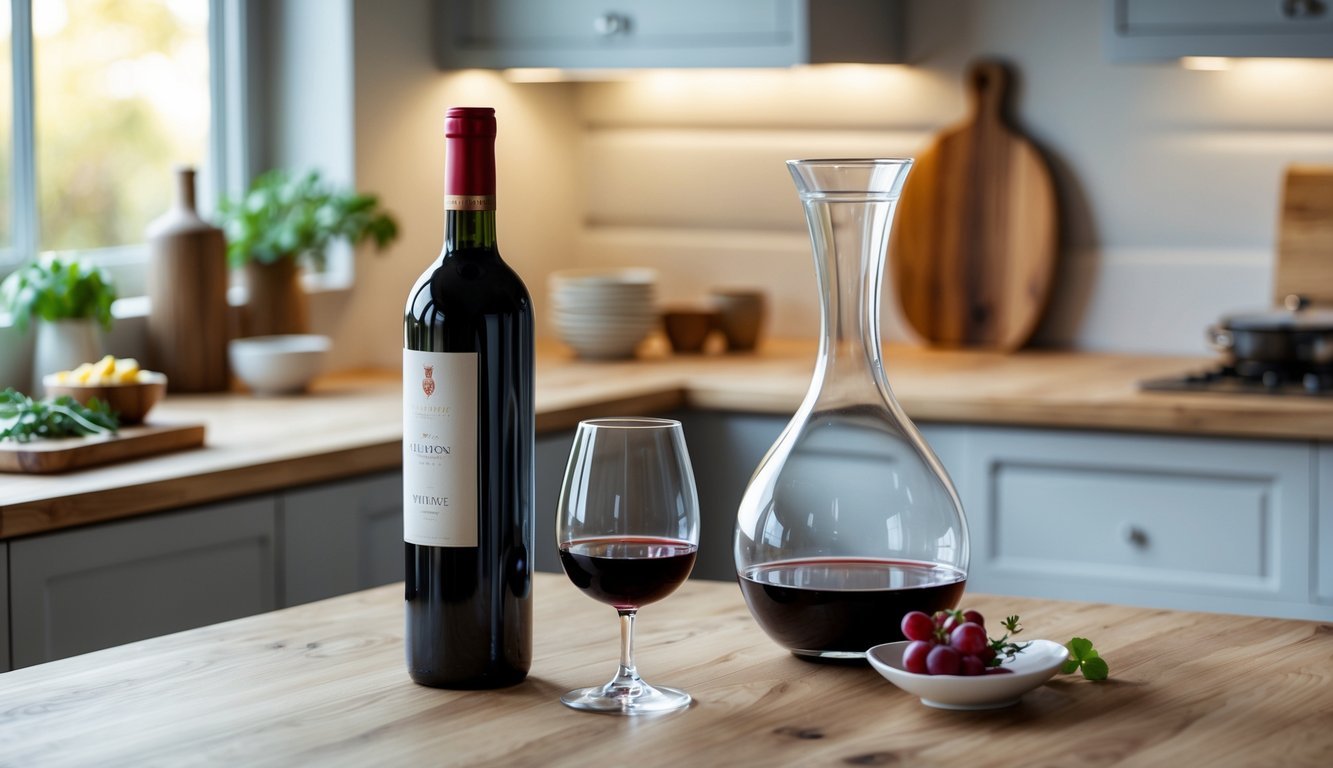
After opening a bottle of wine, let it sit out for about 30 minutes. The air mixes with the wine and softens the sharp flavors.
Red wines with lots of tannins benefit the most here. You don’t really need any special gear—just pop the cork and leave it on the table.
After half an hour, pour a glass and see if it’s smoother. It’s a small wait for a big payoff.
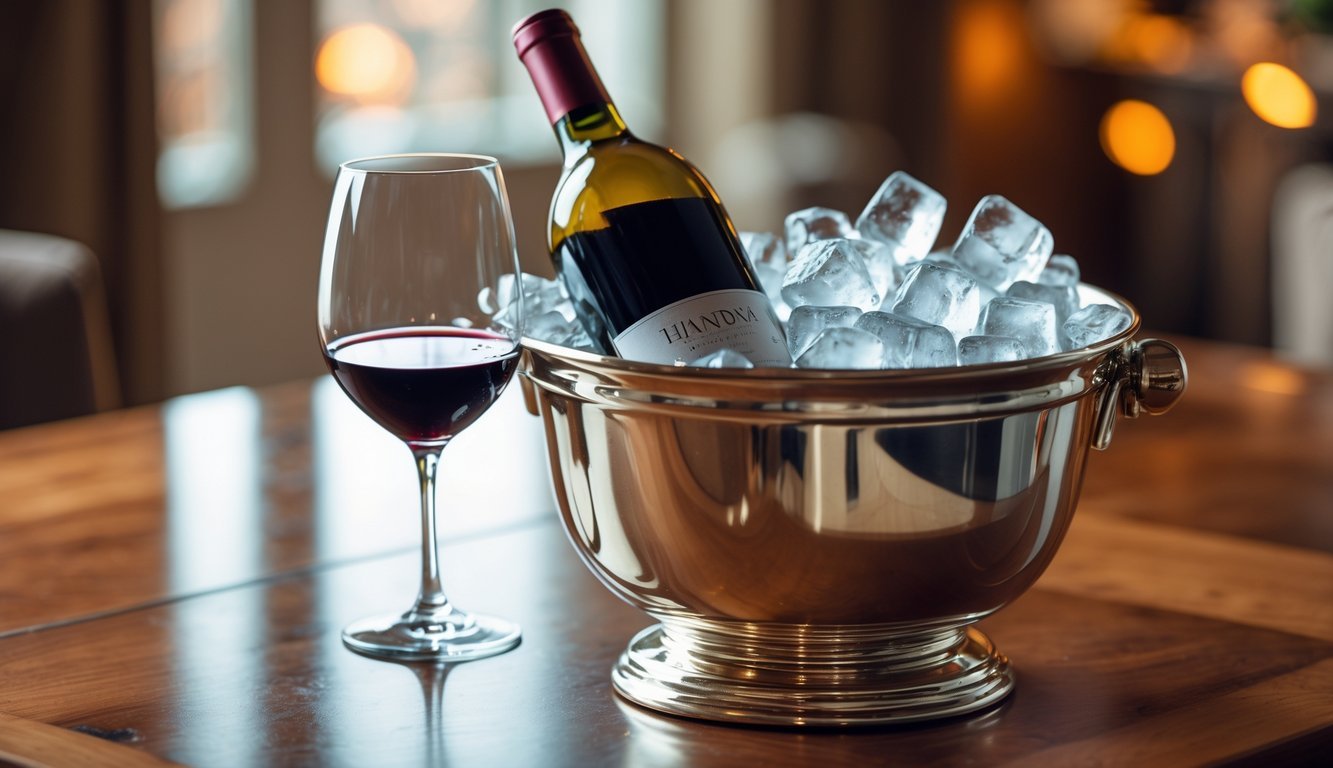
Got a cheap red that tastes a bit harsh? Try chilling it. Cooling the wine tones down strong alcohol and some of those weird flavors.
Don’t go overboard—aim for just below room temp, like 60-65°F. That way, you keep the good stuff and smooth out the rest.
Stick it in the fridge for 20-30 minutes before you pour. You might be surprised how much better it tastes. Honestly, it’s one of the easiest fixes.
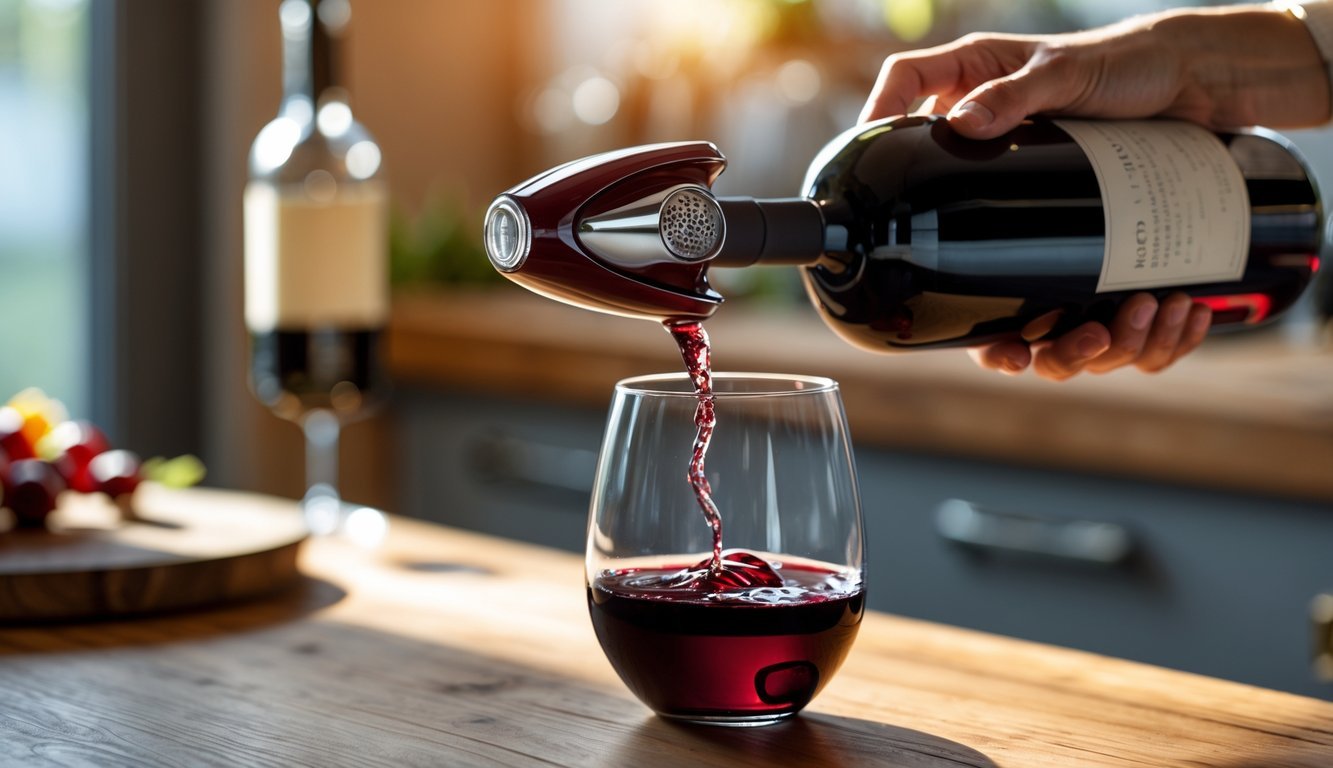
A wine aerator can instantly help cheap wine taste better. It lets air mix in fast, softening harshness and bringing out hidden flavors.
You can use an aerator on pretty much any wine. No aerator? Just swirl your glass a bit—air gets in that way, too.
It’s a quick fix that can make your wine smoother right away.
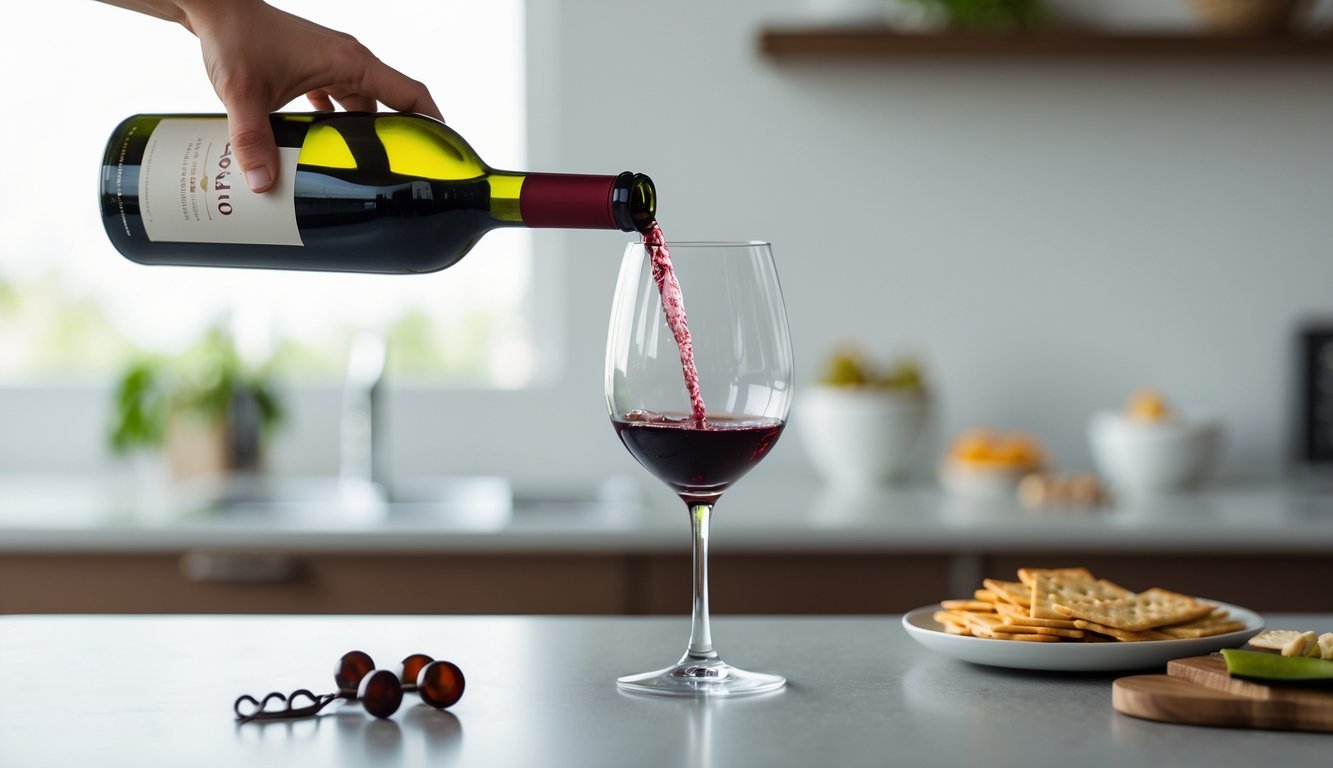
Try serving cheap red wine a little cooler than room temp—about 60-65°F works well. That brings out the fruitiness and smooths out rough spots.
For white wines, chill them to around 45-50°F. Cooler temps can hide some of the harsher notes you get in budget bottles.
If you serve wine too cold, you’ll lose flavor, so don’t go overboard. Just a slight chill makes a big difference.
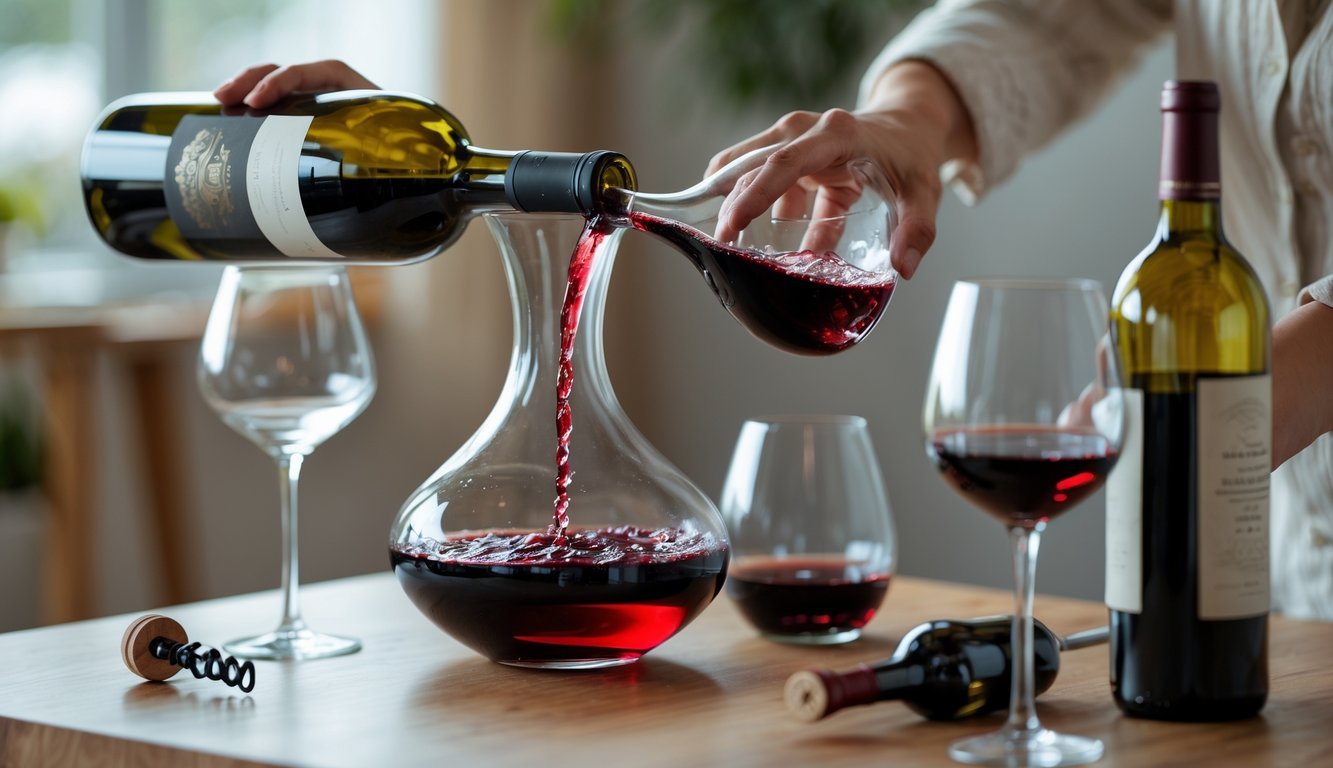
Pour wine into another container, like a pitcher or glass, before drinking. This lets it mix with oxygen.
As the wine breathes, the flavors and smells open up. It tastes smoother and less harsh.
You don’t need a fancy decanter—anything clean and glass works. Let it sit for 20-30 minutes.
Decanting works for both cheap and pricey wines. You might notice it smells nicer and feels softer on your tongue.
Give it a shot next time you want to enjoy your bottle a bit more.
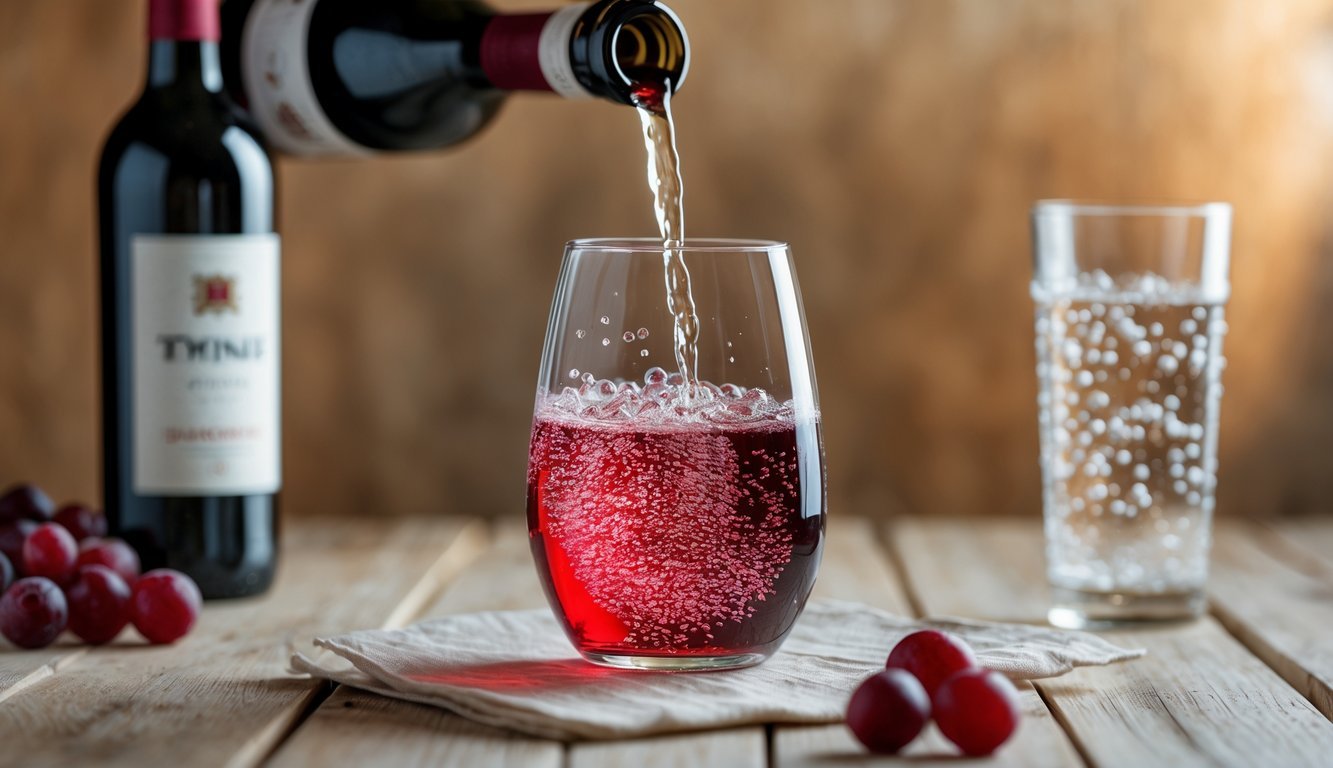
If your red wine feels flat, make a spritzer. Mix cheap red wine with club soda or soda water.
The bubbles lighten the flavor and make it more refreshing. Start with about 5 parts wine to 6 parts soda.
Add ice and maybe a slice of orange or some mint if you’re feeling fancy. Spritzers are perfect on warm days or when you want a lighter drink.

Drop some fresh fruit into your wine—orange slices or berries work great. They add sweetness and a little zing.
Fruit also makes your glass look more fun. Oranges give a citrus kick, and berries add juicy flavor.
It’s a quick way to perk up any bottle. Just toss in some fruit and see what happens.
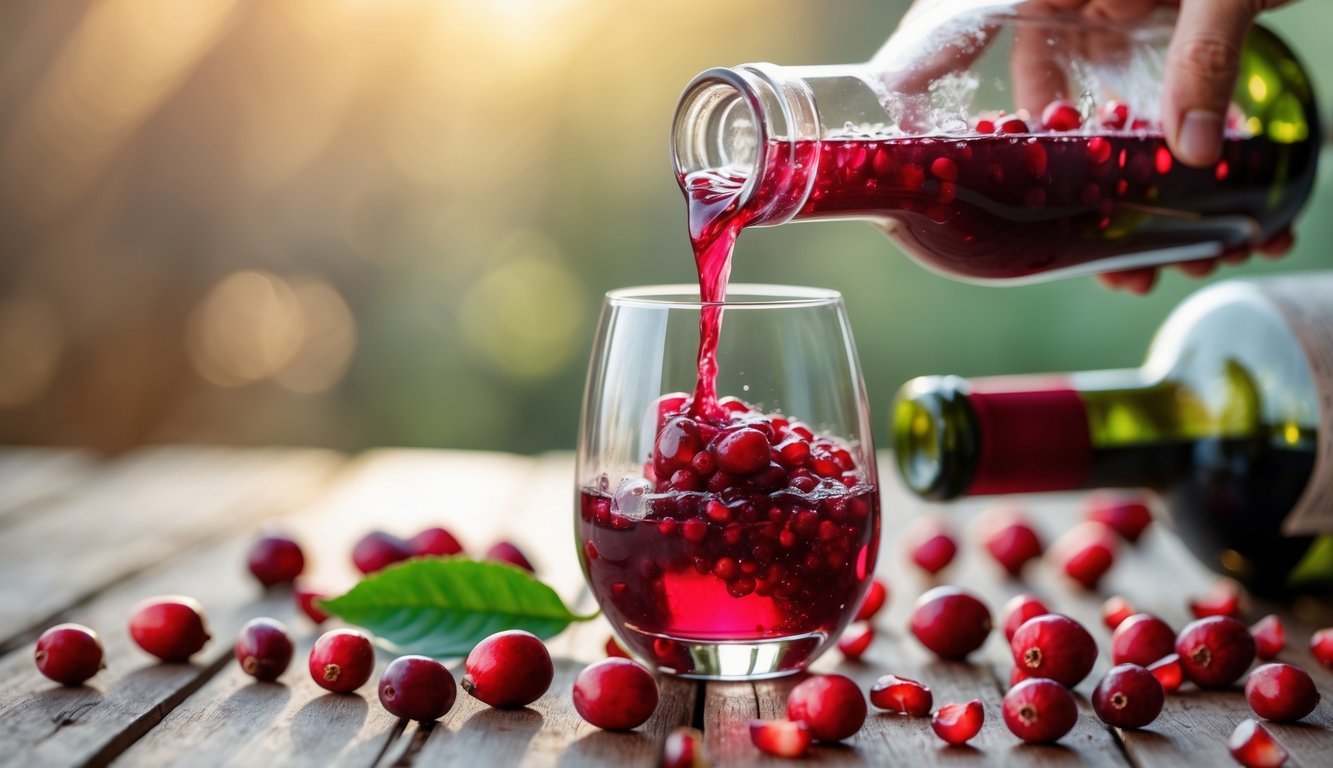
Add a splash of cranberry or pomegranate juice to your wine. The tartness pairs well with fruity notes in the wine.
These juices also soften tannins, making the wine easier to drink. Don’t overdo it—a little goes a long way.
Want more sweetness? Mix in a bit of orange or apple juice. You’ll get a nice, fresh twist.
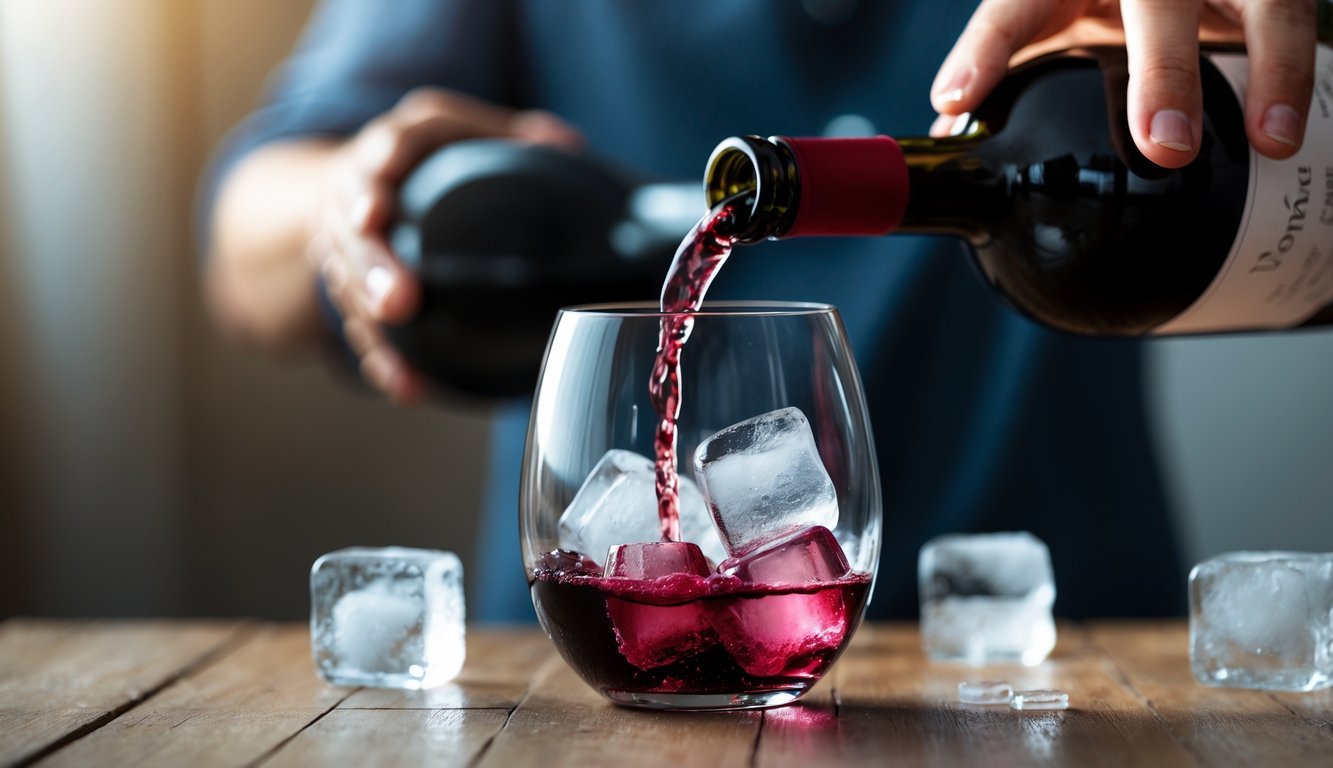
If your wine tastes sharp or bitter, pour it over a few ice cubes. The cold dulls harsh flavors and makes it smoother.
Ice will dilute the wine a bit, so use just a few cubes. You can always add more if you want.
This trick works best with cheap wines or if you’re just drinking casually. It’s easy and doesn’t need anything special.
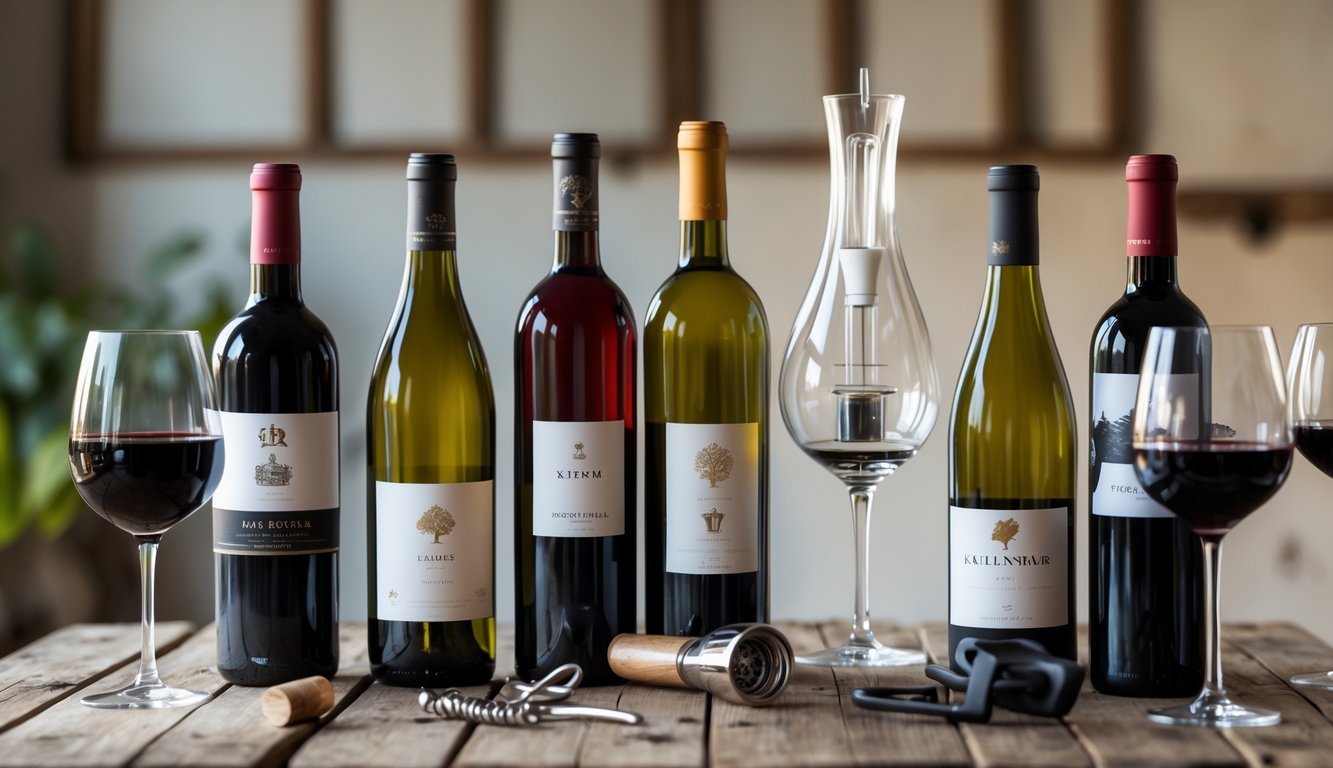
Wine quality changes for lots of reasons—grape type, how it’s made, and even shortcuts during production. Some wines have less flavor or a few flaws because of these factors.
Knowing a bit about why wine tastes different can help you pick bottles you’ll actually enjoy.
Cheap wines usually use less-ripe grapes or mass-produced fruit, which means less flavor. Winemakers often rush the process to save money, so the wine doesn’t get time to develop.
You’ll notice budget wines often taste simple or a bit flat. Sometimes, they taste harsh or bitter.
To fix this, winemakers might add sugar or other stuff to balance things out. Even the packaging—like a screw cap instead of a cork—can change the taste.
Wine keeps changing after it goes in the bottle. That’s aging. Good wines usually get better because they’re built to last.
Cheaper wines can lose freshness or start tasting weird over time. Oxygen inside the bottle plays a part, too.
Better wines handle oxygen exposure well. With cheap wines, letting them breathe before drinking can soften sharp flavors.
Chilling some wines slows down bad changes and makes them taste smoother.

Pairing cheap wine with the right food and serving it at the right temp can make a big difference. Good pairings can bring out flavors you’d miss otherwise.
The right food makes cheap wine taste better. Light reds like Pinot Noir or Merlot are great with grilled chicken or pasta in tomato sauce.
Fruity whites—think Chardonnay—work well with soft cheese or seafood.
Salty snacks help, too. Salt can make wine taste richer and cover up some flaws. Try olives, nuts, or cheese to balance out bitterness.
Here’s a quick cheat sheet:
Matching food and wine flavors helps both shine. Why not experiment a little?
Serving cheap wine at the right temperature really changes how it tastes.
If you chill cheaper reds, you can hide some of those harsher flavors. I usually stick them in the fridge until they hit about 55 to 60°F (13 to 15°C).
White wines? They’re almost always better cold, somewhere between 45 and 50°F (7 to 10°C). That chill brings out their fresh, fruity side.
Don’t serve wine too warm. Warm wine just tastes flat, sometimes even bitter, and that’s especially true if it’s a budget bottle.
Pop cheap red wine in the fridge for a little while before you pour. Just don’t go overboard and freeze it—nobody wants that.